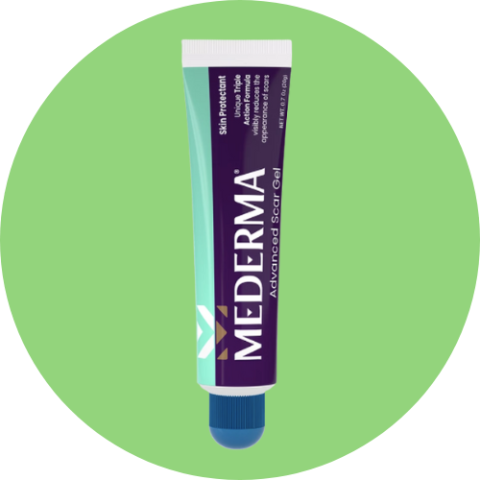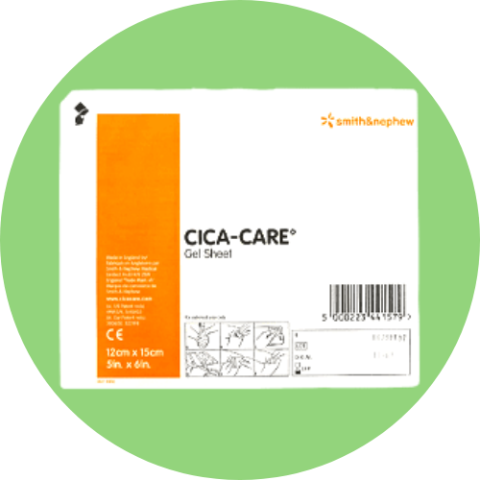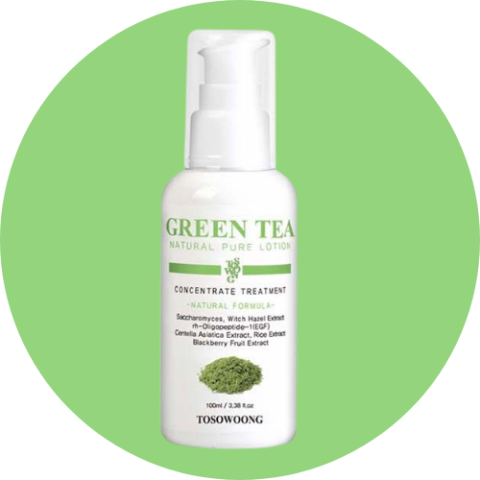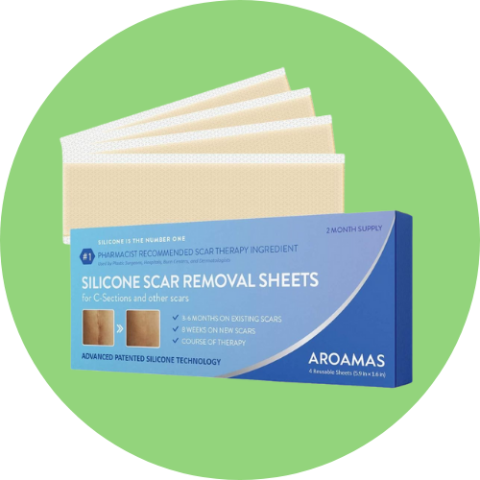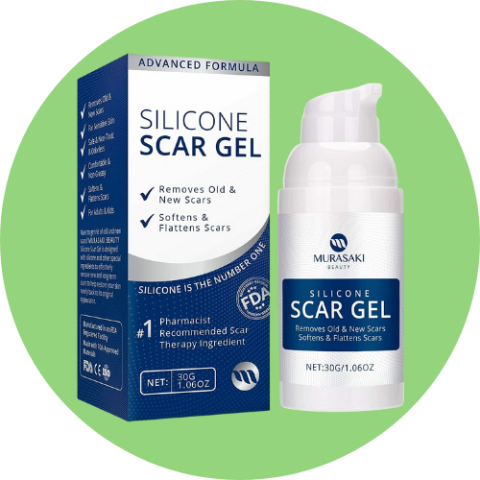How to Get Rid of Scars: Complete Guide 2024
By Vanessa Richards
January 10, 2024 • Fact checked by Dumb Little Man
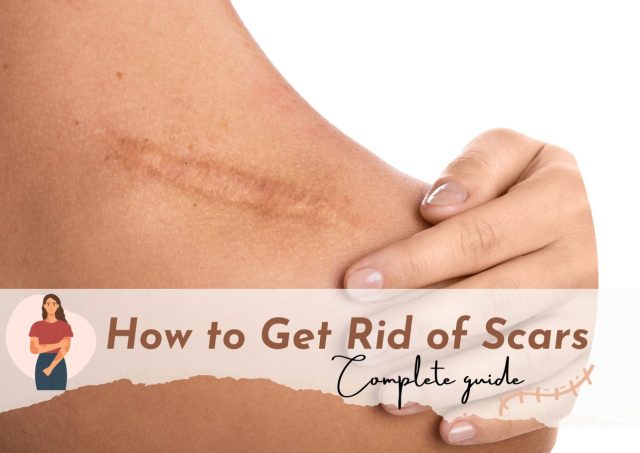
No one wants to don a scar, especially on the visible parts of their skin. Once the skin is injured, it is virtually impossible to totally eliminate the chances of scarring.
This article encompasses all the remedies to prevent and get rid of scars.
How to Get Rid of Scars
The skin has complex mechanisms that help protect us from external elements.
Being the largest organ that literally covers every human, it serves as the first line of defense against microbes. It is for this very reason that it is primarily designed to heal quickly and form scars.
Scars generally present themselves as unattractive and can be a reason for someone’s low self-confidence. If it is highly visible, it could be due to an event that a person has no control over.
Check out the rest of this article to answer your questions about scars and how to manage them.
What are Scars?
Scars result from the natural healing process of the skin following an injury. It is mostly composed of collagen that has formed fibrous tissue.
Whenever the skin breaks due to scrapes, cuts, or cell death, it automatically produces collagen and new cells.
Collagen synthesis ensures that more fibroblasts come to the damaged site and new blood vessels form. The skin would produce epithelial cells, but fibrous tissues would stay, resulting in raised scars, stretched skin, pits, or discoloration.
What Causes Scars?
Different types of injuries affect the appearance of scars due to the different speeds and mechanisms of scar formation.
Scrapes
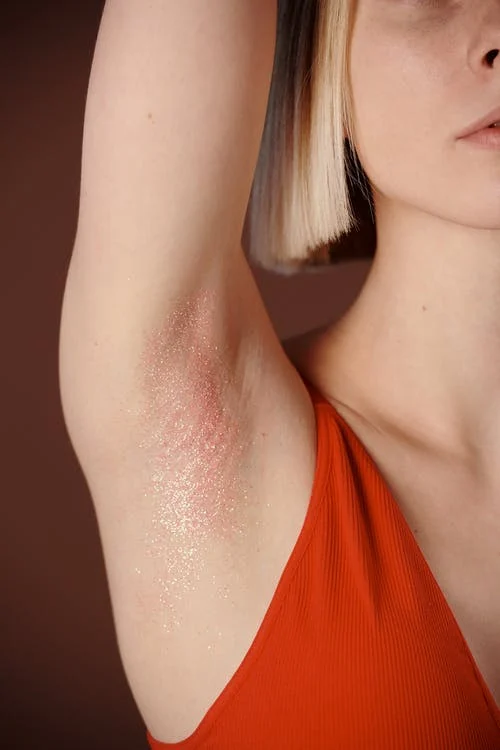
Even light abrasions on the skin can lead to unsightly scarring without proper care. To prevent scarring, ensure that inflammation is reduced by cleaning the wound and preventing infection.
Picking or scratching scabs can also lead to inflammation and even infection. In addition, exposing the wound to sunlight could result in discoloration or extra pigmentation.
The scarring could be minimal if properly managed since the damage is limited to the epidermis.
Incisions
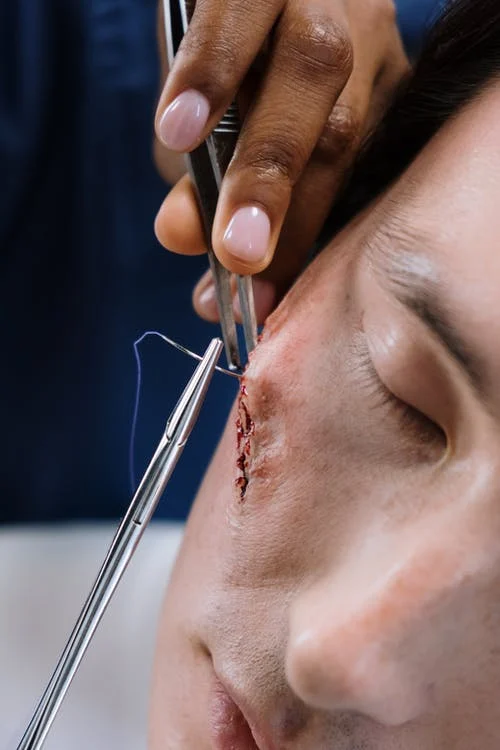
Animal bites, cuts, and lacerations damage not only the skin but also blood vessels. The deeper the damage, the more chances for inflammation.
The healing begins with clotting, followed by blood vessel dilation, immune system response, collagen, and capillaries formation. The edges of the wound then contract, and new skin is formed.
More likely, a scar will be left. If inflammation is minimized during the healing process, the better the outcomes will be.
Cell Death
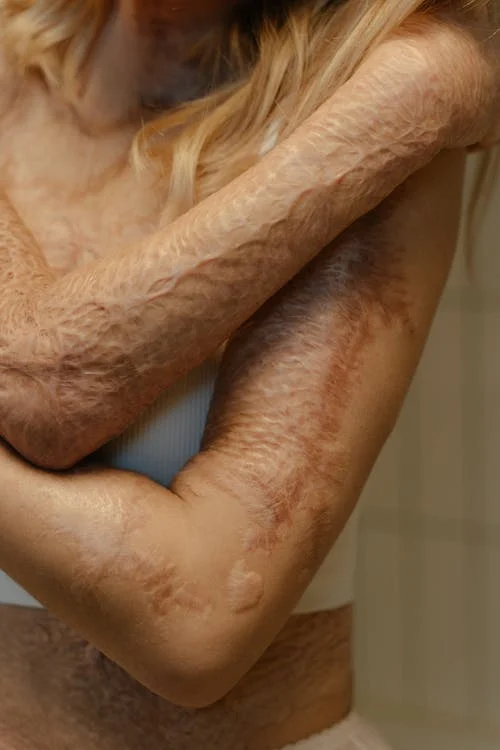
Burnt wounds up to the fourth-degree damage not only the skin but also the fat and muscle layers. It is possible that skin contracture will occur, making it more difficult to restore damaged skin.
More inflammation is guaranteed compared to incisions, forming more fibrous tissues and blood capillaries. The healing process can take at least six months or even three years.
Types of Scars
All scars have the common goal of protecting the skin. Still, they differ according to resulting coloration, collagen production, and tissue formation.
The skin type, location and type of injury are just some factors that affect the formation of scars.
Fine-line scars
Normally a result of a minor cut or surgery. Less painful but can be itchy for a few months.
Keloid scars
A result of too much production of collagen at the wound site causes the scars to rise above the skin. It extends away from the area of the wound and can be quite large.
This changes its color: it can be pink, red, the same color, or darker than the surrounding skin. This will make you feel uncomfortable because of the itch and pain.
Atrophic scars
Characterized by redness and appears as indented scars. These scars occur after chickenpox, insect bites, and some cases, after injections.
Acne scars also belong to this category, although they can also be keloidal or hypertrophic.
Hypertrophic scars
The most common type of scar follows a trauma such as burns, accidents, or surgery. Like keloids, these result from excessive collagen, but the scar does not extend beyond its boundary.
This type of scar can be treated with steroid injections.
Erythematous scars
Refers to the red or purplish marks from pimples, aging, pregnancy (melasma), hormones, and sun exposure.
Contracture scars
Often caused by burns, which causes the skin to shrink and leaves a tight scar.
Widespread or stretched scars
These are flat, pale, and soft scars. They usually appear when there has been an injury to the dermis and subcutaneous tissues, not in the epidermis.
Hyperpigmented and Hypopigmented scars
Both are acquired through inflammatory conditions or trauma like a burn injury. Hypopigmented scars are characterized by skin becoming lighter than the original color.
On the other hand, hyperpigmentation is the darkening or increase in the natural color of the skin. It is due to overproduction or abnormal release of melanin.
Complex scars
Scars can be two or more different types simultaneously. They may be a result of more trauma or inflammation of the wound.
Some complex scars can be more painful or itchy. Consulting a doctor would be the best option to know more about its types.
How to Spot a Scar?
The first thing that you may notice on your scar is its color. At first, it will be lighter than your skin.
Eventually, over time, it will become slightly darker or much lighter than it was.
Skin’s texture will also be different around the wound. Because of the scar, it will have a thicker texture compared to your original skin.
Another thing that you can experience is scar tissue pain, but not all scars are painful.
These are other symptoms that you should be aware of:
- Inflammation or swelling
- Redness
- Itchiness
- Throbbing
- Sensitivity
- Reduced range of motion
- “Creaky” sound or sensations
How to Treat Scars?
Treating scars require different treatment. It is always our wish for our scars to just go away.
Although we know that they won’t be erased permanently, we can still make ways to improve the appearance of scars. Here are natural and medical ways to treat scars:
Natural Remedies
Treat it with Rosehip
Applying rosehip oil every day over the course of 6 weeks can improve the scar’s appearance.
Dilute rosehip in a carrier oil or moisturizer first before applying it to your skin. A direct application could cause irritation.
Onion extract for soft scars
The application of onion extract to a scar every day for at least four weeks can soften it. It can also make the appearance of scars better.
It is available in pure liquid extract, or you can have a gel or ointment that contains onion extract.
Massage with Vitamin E
Before using this, make sure to consult your doctor first. Some research studies say it may help, but some suggest that using topical vitamin e can irritate your scars.
Succinic acid for scars
A recent study shows that succinic acid from apple cider vinegar can help with acne scar prevention. Make a water-cider solution by combining four tablespoons of water and two tablespoons of ACV.
Dab it on your scar every night, and wash it off in the morning.
Wonders of baking soda
Studies show that baking soda, when applied to a postsurgical wound, would make a significant improvement.
Dilute baking soda in distilled water to make a paste for 15 minutes. Rinse the area and repeat daily.
Topical Manuka honey post-op
This wonder bee product improves both objective and subjective scar aesthetics when applied daily for four weeks. Its natural anti-inflammatory and antibacterial properties aid in recovery after patient surgical operations.
Other natural remedies include honey, plant oils, vitamin c, coconut oil, lavender, olive oil, lemon, and potato. Fresh scars should be dealt with immediately to avoid raised scarring, darker skin, and deeper scars when using home remedies.
Aloe vera clinical trials also proved the effectiveness of the plant for improving flexibility as the skin heals. Also, Aloe vera gel can modify collagen to be cross-linked and can thereby prevent severe scars.
Chemical Products
Silicone sheets and gel
Soft and elastic gels or sheets are self-adhesive dressing for a closed wound. Primarily used to soften the scar and flatten it.
Chemical exfoliators
Intended for mild scarring. Chemical peels increase cell turnover, revealing a smoother and lighter scar when it dissolves on your skin.
Pressure therapy
Aiming to prevent scars on skin grafts, pressure therapy compresses capillaries underlying a scar. This is recommended for 23 hours per day until scar maturation.
Sun protection
Using sunscreen on a daily basis has been proven to protect us from ultraviolet rays. Pairing it with chemical peels can make the scar less sensitive to light.
Moreover, it will limit the contrast between your skin and the scar.
Makeup
Unlike cosmetic makeup, medical makeup needs assessment first. Compatibility for medical prescriptions, skin sensitivity, the patient’s expectation, and their ability to put on the makeup should be considered.
It hides scars and burns, improving one’s psychological and emotional aspects.
Medications/Medical treatments
Some examples are skin graft, dermabrasion, steroid injections, laser treatments, dermal fillers, subcision, punch excision, microneedling, and medicated creams.
Treatments should be done several times to see their results. Sessions vary depending on the treatment, which may be pricey too.
Laser therapy works even years after an injury or skin wound. Moreover, laser surgery can be used for moles, warts, sunspots, wrinkles, and other skin blemishes.
However, laser therapy, in general, can only make a scar flatter and less noticeable. It is not applicable for more severe scarring.
Skin care routine
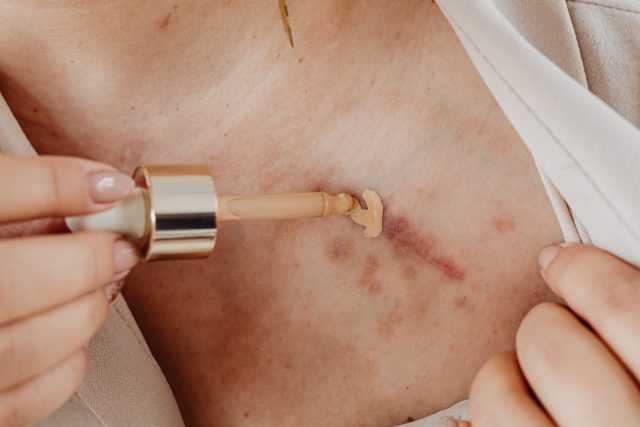
One better way to treat our scar is to treat it daily, so what’s the best thing to do? Incorporate our scar regimens with our daily skincare routine.
- Cleanse your scar with gentle cleanser and water.
- Apply good quality creams such as moisturizer, serums, oil, and banish cream.
- Don’t forget to use sunscreen for dual protection.
- Exfoliate up to three times a week.
You can have your scar checked by a dermatologist who can also provide professional medical advice and scar management.
>> Related Article: How to Get Rid of Pregnancy Stretch Marks: Complete Guide 2024
Food Supplements
Diet is another factor that hinders your wound healing process. It can speed or slow it down, creating larger, darker spots.
Here are some food staples and nutrients that can help prevent and improve the appearance of your scars:
Protein
A high-quality protein can promote healthy skin. This breaks down into amino acids, L-Arginine and Glutamine, which are important in wound healing. It increases reparative collagen that helps white blood cells to fight bacterial infections.
Vitamin C
Serves as an antioxidant in our body and is crucial for collagen synthesis. It keeps scar inflammation in place.
Vitamin B Complex
Increases protein synthesis, which speeds up the healing process. Good in preventing excessive inflammation due to increased repair cells at the wound site.
Vitamin A
Promotes tissue synthesis and enhances resistance to infection.
Zinc
Studies show that Zinc reduces healing time after surgery by up to 43%. Aside from wound healing, it can also reduce inflammation and bacterial growth.
Essential fatty acids such as omega-6 or omega-3 essential fatty acids
Keeping the cell moisturized, protected, and nourished as it promotes wound healing.
Scar Treatment Products
The struggle is real when choosing the right product to reduce scars. You have to consider different factors; its price, availability, and effectiveness.
With advanced technology and proven claims, the top products will ease your worry.
5 Best Scar Treatment Products
| Product | Key Feature |
|---|---|
| Top Consumer's Choice | |
| Best Convenient Scar Product | |
| Best Natural Facial Serum for Scars | |
| Best Pharmacist Recommended Scar Therapy | |
| Best Scar Product for C-Section and Stretch Marks |
1. Top Consumer’s Choice: Mederma Advanced Scar Gel
Mederma’s unique triple action formula scar gel acts to seal in moisture, promotes cell regeneration, and stimulates collagen production. It targets the scar tissue and penetrates beneath the surface.
Just use it once a day to see a difference that lasts a lifetime.
Shop at Amazon Official Store.
2. Best Convenient Scar Product: Cica-Care Gel Sheet
Cica-care is perfect for hypertrophic scars and keloid scars which are red, dark, and raised. It occludes the skin for hydration of the scarred area, making the scar lighter.
CICA-CARE is a durable, comfortable, and reusable silicone gel sheet that all ages can use.
Shop at Amazon Official Store.
3. Best Natural Facial Serum for Scars: Tosowoong Green Tea
With a light texture for easy absorption, the Tosowoong serum uses Green tea. It is a natural antioxidant, to keep skin and scars hydrated and protected.
Shop at Amazon Official Store.
4. Best Pharmacist Recommended Scar Therapy: Aroamas Advanced Silicone
These safe, reusable, and long-lasting Aroamas scar sheets have been clinically proven to soften old and new scars.
They can improve the color, size, texture, and overall appearance of scars, perfect for hypertrophic scar and keloid scar. This drug-free formula is safe for nursing moms.
Shop at Amazon Official Store.
5. Best Scar Product for C-Section and Stretch Marks: Murasaki Beauty Silicone
Murasaki Beauty Silicone Scar Gel 100% Silicone scar gel can treat new and old scars. It is transparent, smooth, non-greasy, water resistant, and simple to apply to any part of your body.
Shop at Amazon Official Store.
One of the most reliable skin treatment products is Mederma Advanced Scar Gel. Its effectiveness can even manage stretch marks, one of the most difficult scars to treat.
It is safe for use by pregnant women in their second trimester or later, and after childbirth while breastfeeding.
Conclusion
Scars prove that no matter how wounded we are, the skin will always be our mechanism for natural healing.
Scars will never completely go away. Although it will leave unwanted marks, there are natural and medical remedies that can help you improve your appearance.
Advanced technology paves its way to help us treat scars. Mederma Advanced Scar Gel is a top scar treatment product that promotes cell regeneration and targets scar tissue.
It’s not an overnight process, but it will be worth it. Invest in your skin and scar reduction.
Click here to get Mederma Advanced Scar Gel at a Discounted Price
>> Related Article: 9 Best Scar Cream • Top Scar Cream Products Review of 2024
How to Get Rid of Scars FAQs
Does wound healing result in scar tissue?
Scar tissue or formation is a natural skin response to all significant injury or trauma. Wound healing results in several pathological consequences and different types of scarring.
The immune system plays the biggest role in wound healing. It keeps the wound site protected from microbes and promotes cell regeneration.
Can acne scarring be prevented?
Yes, keeping your skin clear is how you prevent scars. Thus, the use of water and gentle cleansers is highly advisable, coupled with moisturizers.
Home remedies and over-the-counter medications can treat mild acne scars. If this doesn’t work and you’re starting to see signs of a scar, don’t hesitate to see a dermatologist.
What is the best treatment for acne scars?
No single treatment is best for everyone. Different skin types, scar types, and severity of scarring need different treatments.
It can be a combination of two or more treatments such as skin care, mild scarring, laser treatment, and microneedling.
Vanessa Richards
Vanessa is a mom of 3 lovely children and a software geek. Outside of her career as a health and wellness instructor. She enjoys writing and researching on topics such as finance, software, health and culinary.

